Research
The Study of the Neural Basis of Natural Behaviors
In the wild, Egyptian fruit bats divide their time between:
 Bat artboard highres
Bat artboard highres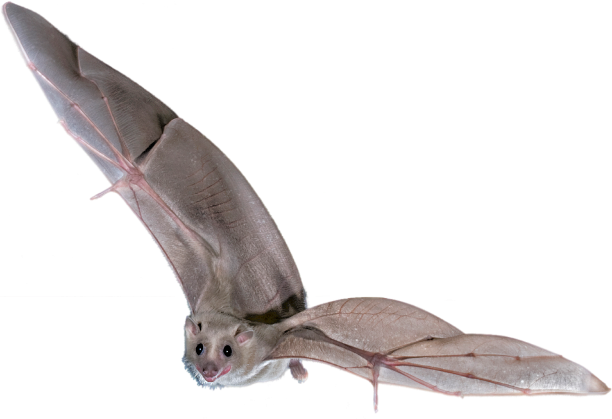 bat-img
bat-imgA Bat’s Life
Almost the entirety of the bat’s life is spent at the roosting or remote foraging sites during which they engage in complex forms of spatial, social, and vocal/communicative behavior. Bats have evolved specialized capacities to excel in those functions (such as 3D flight, echolocation and a dedicated vocal communication repertoire) and these are precisely the ones we study.
Furthermore, each of these behaviors naturally occurs on different scales: social communication occurs on the scales of centimeters, foraging on the scales of meters and commute can occur on the scale of up to hundreds of kilometers.
Therefore, it is important to find the simplest, yet ethologically appropriate (i.e., not “too simple”), experimental setting for the question, and the specific behavior, at hand.
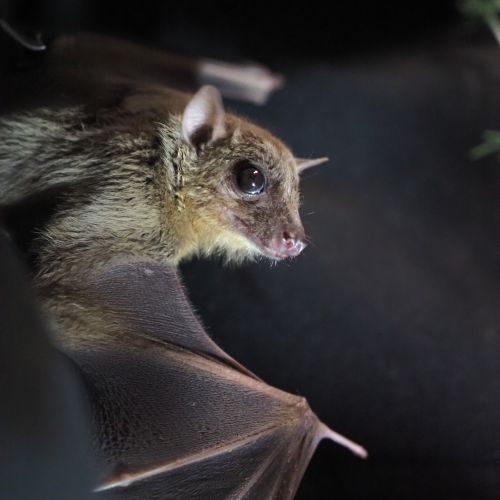 bat-img-2
bat-img-2Advantageously, through our design of custom environments, we can recreate key aspects of the bat’s natural, and most prevalent, behaviors (such as in terms of spatial scale during foraging alone or in groups and behavioral complexity during social interactions).
This is our ‘sweet spot’, where we both maintain ethological validity while not compromising rigorous experimental control.
For description purposes our studies are grouped below into spatial, social and vocal aspects of the bat’s behavior (below). Yet importantly, and in practice, we often study those in concert and develop the necessary technologies that would allow us to do so under ethological conditions. We do so in order to obtain a more complete understanding of general neural computations and circuits that are likely involved in a variety of complex behaviors animals need to execute and excel in.
Spatial Behavior in individuals and groups
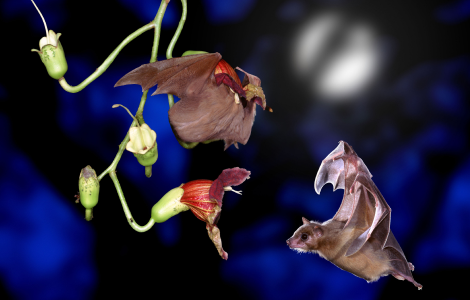 Spatial Behavior - 1
Spatial Behavior - 1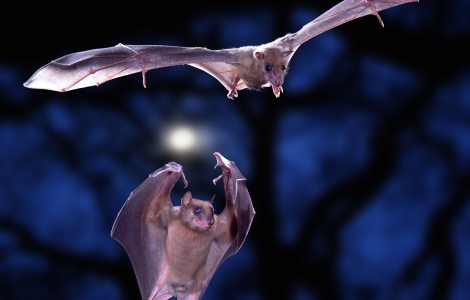 Spatial Behavior - 2
Spatial Behavior - 2Real-life spatial behaviors are complex. To study the neural mechanisms that support ethologically relevant forms of navigation we utilize an exquisite aerial navigator – the bat, and study its relevant neural circuits using a combination of cutting-edge behavioral and neurophysiological methodologies. At the behavioral level, we developed a fully automated, human-free, foraging environment where either a single or multiple bats can engage in natural and unconstrained forms of navigation.
Utilizing an array of high-speed video cameras, real-time tracking systems and ultrasonic microphones we can carefully monitor the position, motion and sensory signals of the flying bats at fine spatial and temporal resolutions.
We combine this with the establishment of wireless electrophysiological recordings methods in single and multi-animal settings as well as with our recent development of wireless calcium imaging methods in freely flying bats. We further pioneered tools for causal-genetic manipulation in bats which allow us to begin addressing the necessity and sufficiency of neural circuits during complex spatial behaviors, including in the wild.
Combining these approaches, we aim to study how mammalian neural circuits participate and contribute to complex spatial behaviors at both the individual and group level.
Group Sociality and Communication
Many species, including humans, naturally live and socialize in groups yet the brain is rarely studied under natural group social conditions. Bats are well suited for this study as they are long-lived mammals (25-40 years) that spend the majority of their lives in group social living. Additionally, they have evolved a dedicated vocal communication system (which is separate from their echolocation abilities) that is exclusively utilized for social interaction. To study collective social behavior and communication we pioneered approaches for multi-animal wireless neural recordings and behavioral monitoring that enable studying multiple brains simultaneously under natural and unconstrained social conditions. Doing so presents us with a unique opportunity to study the neural computations underlying group social behavior.
Vocal Plasticity and Learning
 vocal-img
vocal-imgAcoustic communication between individuals is necessary for survival. Under real-life conditions, such interactions are usually bidirectional, employ the usage of diverse species-specific communication signals and often occur between individuals of varying social bonds. In some rare cases, as is the case for humans, these acoustic signals are learned. Our species of bats possess a rich and diverse vocabulary of different acoustic communication signals that are used during social interactions between individuals. Further, unlike the overwhelming majority of non-human mammals, the bat vocalizations are potentially learned from conspecifics. This unique feature allows us to study the detailed mammalian neural circuits supporting this core human function.
Building on our recent development of behavioral and neurophysiological methods we aim to understand how these signals are learned and then used under natural social conditions.
Neurophysiological Methods
Wireless Large-Scale Electrophysiology
Circuit Mapping Using Tracing and Molecular Methods
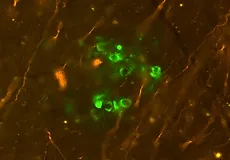 circuit-img-1
circuit-img-1 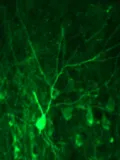 circuit-img-2
circuit-img-2 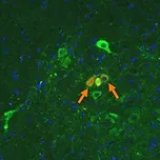 circuit-img-3
circuit-img-3Optogenetics
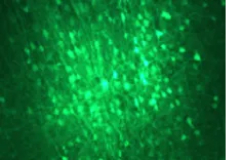 optogenetics-img-1
optogenetics-img-1 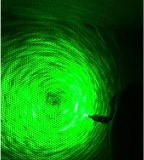 optogenetics-img-2
optogenetics-img-2Miniaturized Calcium Imaging
 Mini1P
Mini1P  Mini2P
Mini2PVoltage Imaging
 voltage-img-1
voltage-img-1 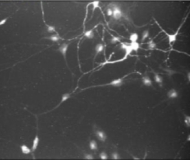 voltage-img-2
voltage-img-2 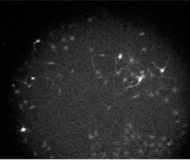 voltage-img-3
voltage-img-3Funding
 ejk-logo
ejk-logo onr-logo
onr-logo